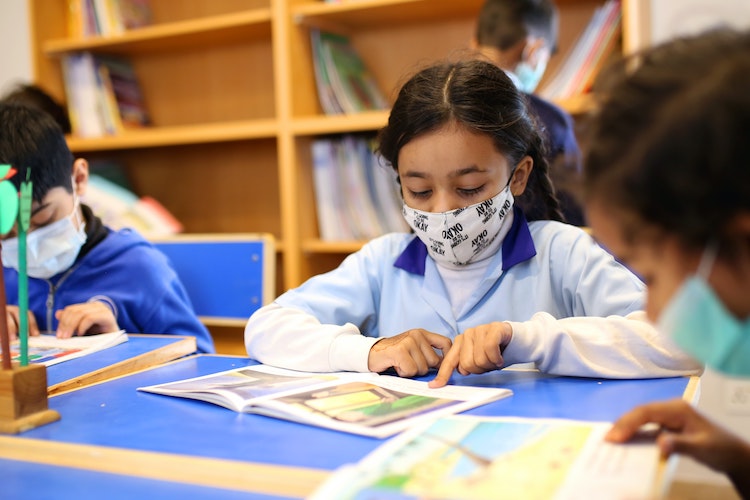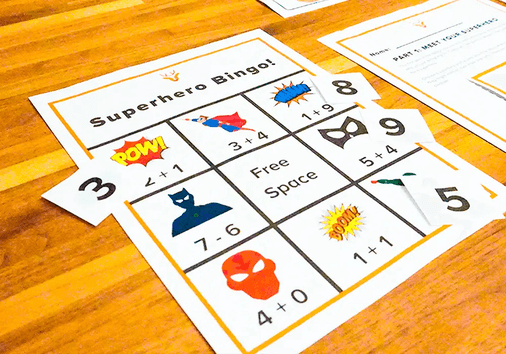1. Talk honestly with your child and ask them about how they are feeling.
Kids pick up on their parents’ anxieties and fears, regardless of how hard you try to hide them. You may be feeling worried about sending your little one back to school during a pandemic. But your child may be feeling worried for a whole other host of reasons like social anxiety, hormonal changes, academic pressures, or speaking in front of others, in addition to Covid concerns. Based on your child’s age and maturity level, model openly expressing what you’re thinking about with your child and ask them to share a little about what they’ve been thinking about too. Listen closely to what they have to say. Talk about what might happen over the course of this school year and, as a family, make a plan for what you’ll do.
2. Acknowledge that a “normal” school year is probably off the table: advocate to your school about your communication needs, and if you can, speak with your manager about work-from-home flexibility.
Start messaging with your child’s principal now. Schools need to communicate with parents clearly and early about what they can expect in September and contingency plans moving forward. Conditions may change quickly and ensuring that you understand your school’s action and communication plan should give you some peace of mind.
If you can, speak with your employers as well. They won’t just be hearing it from you, and will need to recognize that for working parents, this school year will not bring about the “normal” they may have been hoping for. Talk to your manager about taking time off if your kids need to be home from school or various scheduling flexibilities that may be needed in a pinch.
3. Try and stick to a routine
We know this is a tall order, but structure, predictability, and security can help to lower young children’s stress and anxiety during uncertain times. And if their schooling does move once again to remote instruction, the routines that they adhered to previously should give them a sense of normalcy. But take it day by day, and allow children to break from the routine if needed.
4. Supplement your child’s classroom learning with online tutoring even if schools are in-person.
Individualized instruction has been shown time and time again to effectively close learning gaps and ameliorate the losses from prior school closures. Particularly for younger learners, large group instruction is not as effective as 1:1 personalized education. Hiring trained online teachers who work directly with your child on reading, writing, math, STEM and other subjects, even just for 30 minutes a day, can help ensure that your child is at or above grade level and actively learning. Another huge plus? If your child’s school does move to remote instruction again, you won’t be back at square one. The relationship your child will have developed with their online tutor will remain constant and consistent, and due to the sessions being held online, you don’t have to reinvent the tutoring schedule wheel.
About Dearest (www.dearest.io):
Dearest is a mission-led, female-founded startup that matches families with experienced educators and certified teachers for private and group online sessions. It is the only platform that focuses on connecting top teaching talent with young learners between the ages of 4-12.






